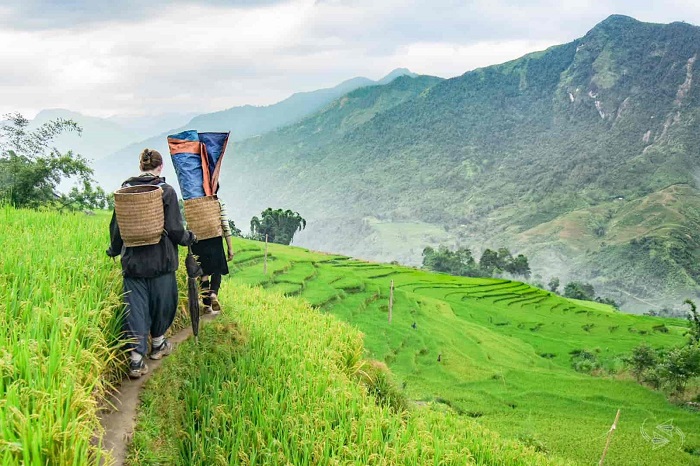Why Northern Vietnam is a Trekker’s Paradise
Northern Vietnam is a realm of dramatic, misty mountains, emerald-green rice terraces cascading down steep valleys, and remote ethnic villages where ancient traditions are still a part of daily life. For the adventurous traveler, it offers an unparalleled trekking experience. While Central and Southern Vietnam boast stunning coastlines, deltas, and historical sites, the North is defined by its rugged, highland topography, making it the country’s undisputed trekking capital.
The best time to embark on a trekking adventure is during the dry season, from March to May and September to November. The weather is generally sunny and pleasant, with clear skies and comfortable temperatures, perfect for navigating the trails. This period also often aligns with the planting or harvest seasons, painting the landscapes in vibrant shades of green and gold. It’s best to avoid the monsoon season from June to August, when heavy rains can make trails slippery and dangerous.
In this guide, we’ll journey through the most iconic trekking destinations, from the legendary valleys of Sapa to the remote beauty of Ha Giang, providing you with all the information you need to plan your trek.
Sapa: The Classic Trekking Destination
Sapa, nestled in the Hoàng Liên Sơn mountain range, is perhaps the most famous trekking hub in Vietnam. Its stunning landscapes are defined by intricate rice terraces carved into the hillsides and a rich tapestry of ethnic minority cultures, including the Black Hmong and Red Dao.
Popular Trekking Routes:
Cat Cat Village Trek: An easy, short trek ideal for a cultural introduction to the Black Hmong people. The trail, though touristy, offers a glimpse into traditional villages and a beautiful waterfall.
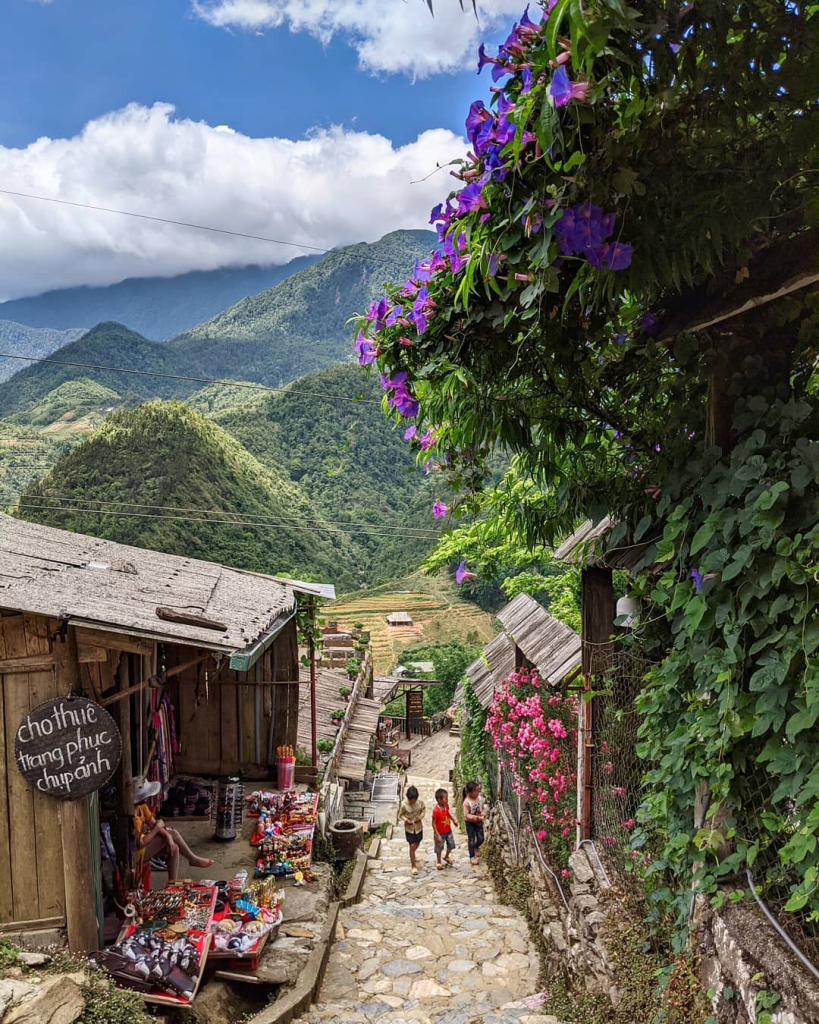
Lao Chai – Ta Van Trek: A moderate, classic route that winds through breathtaking rice terraces and several ethnic villages. This trek is perfect for experiencing the iconic Sapa scenery.

Fansipan Summit Trek: Known as the “Roof of Indochina,” the ascent of Mount Fansipan (3,143 meters) is a challenging, multi-day trek for experienced hikers. A cable car is also available for those who prefer to skip the climb.
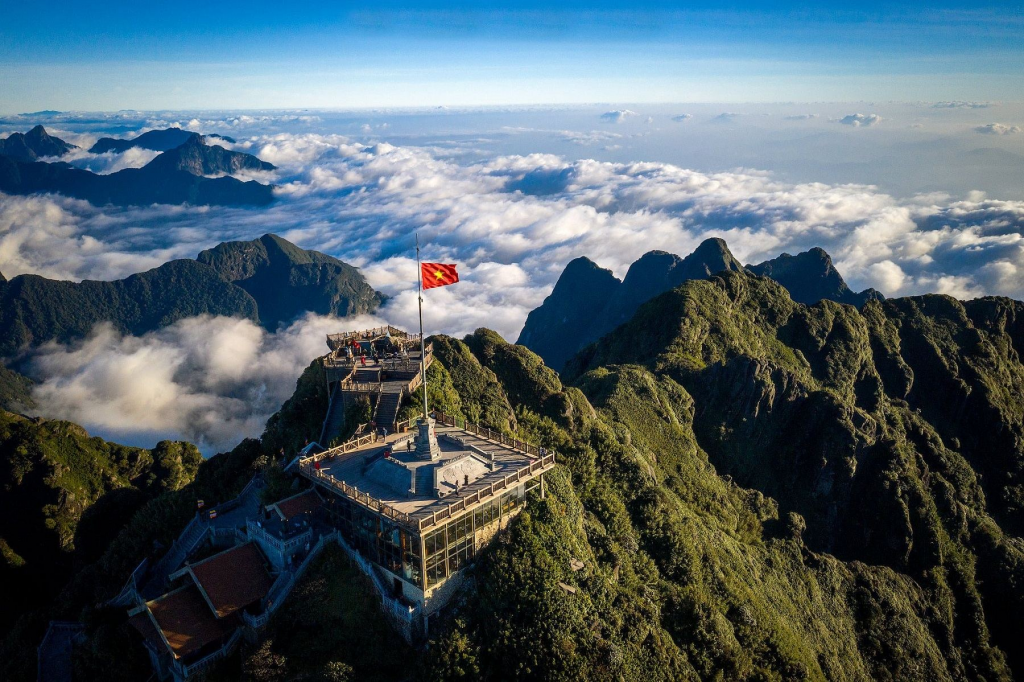
Homestay Experiences: Staying with local Hmong or Dao families in their traditional wooden stilt houses is a highlight of any Sapa trek. It provides an authentic insight into their customs and daily routines.
Best Time to Trek: The prime seasons are September to October (rice harvest) and March to April (blooming flowers).
Practical Tips: While many trails are well-marked, hiring a local guide, often a Hmong or Dao woman, is highly recommended. Not only do they provide invaluable knowledge of the terrain, but they also offer a deeper understanding of local culture.
Mai Chau: Valley of Rice Fields
Located just a few hours from Hanoi, Mai Chau is a peaceful valley that offers a gentler trekking experience. It’s an ideal choice for beginners or those seeking a more relaxed pace. The area is home to the White Thai ethnic minority, known for their traditional stilt houses and vibrant textiles.
Trekking Highlights:
Pom Coong & Lac Villages: These are the main villages where most homestays are located. A simple walk or cycle through the villages and surrounding rice paddies is a serene experience.

Chieu Cave Trek: A climb of 1,200 steps to Chieu Cave rewards trekkers with panoramic views of the entire Mai Chau valley.
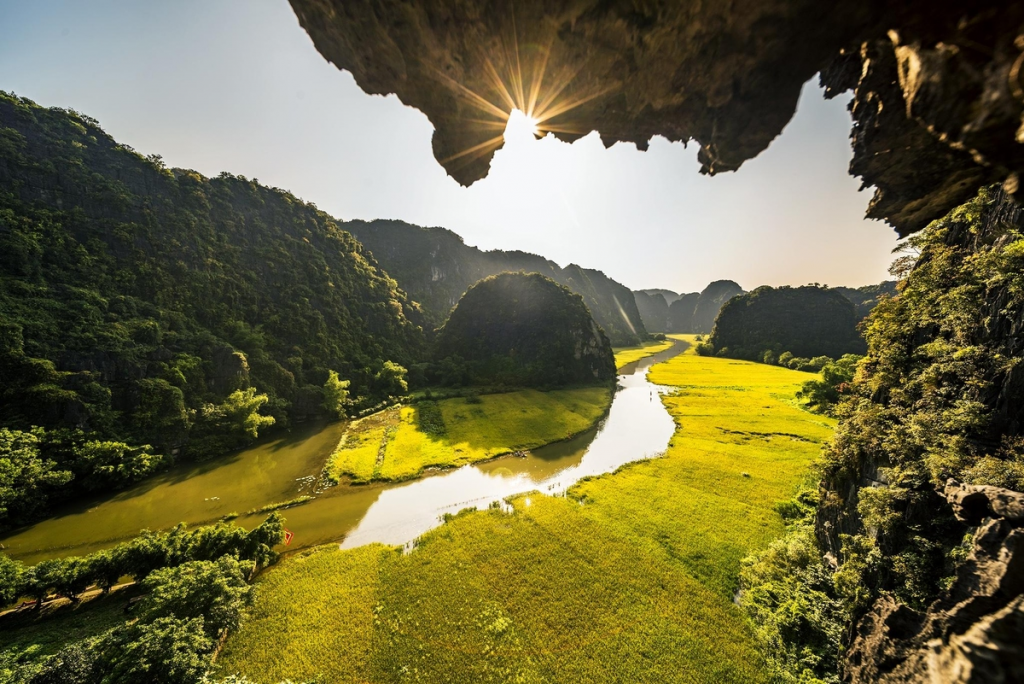
Mai Chau is best for soft trekkers, offering an easy combination of walking and cycling through picturesque rice fields.
Pu Luong Nature Reserve: Untouched Beauty
Pu Luong, a protected nature reserve, is a stunning, less-touristy alternative to Sapa. It boasts some of Vietnam’s most beautiful terraced rice fields, lush forests, and serene villages.
Trekking Routes:
Kho Muong Cave Trek: This route takes you through a forested valley to a magnificent, large cave.
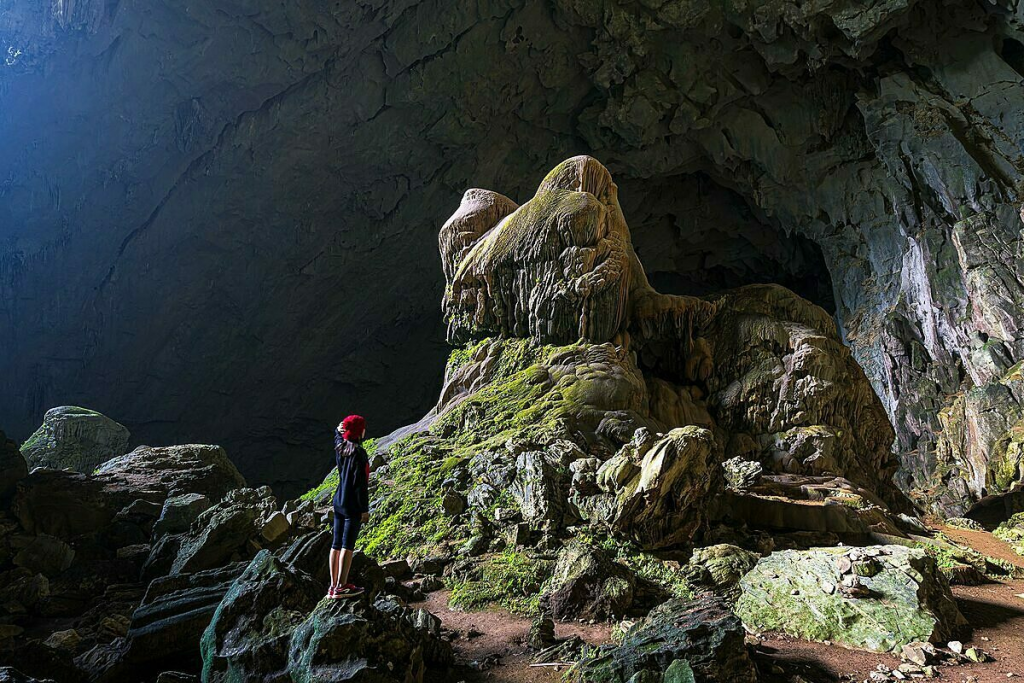
Waterwheel Trek: A popular trek from Don Village to Ban Hieu, known for its iconic, traditional bamboo waterwheels.

Pu Luong Peak Trails: More challenging routes leading to the peak offer breathtaking views of the reserve.
When to Go: The most scenic times are during the rice harvest seasons, from late May to early June and again from September to October, when the rice terraces turn a spectacular golden yellow.
Ha Giang: The Legendary Loop
Ha Giang is arguably Vietnam’s most spectacular and wild region. The Ha Giang Loop, a legendary motorbike route, can be combined with incredible trekking opportunities. The landscapes are characterized by dramatic limestone peaks and deep valleys.
Trekking Highlights:
Dong Van Karst Plateau: This UNESCO Global Geopark is a geological marvel. Trekking here involves navigating dramatic mountain roads and trails.
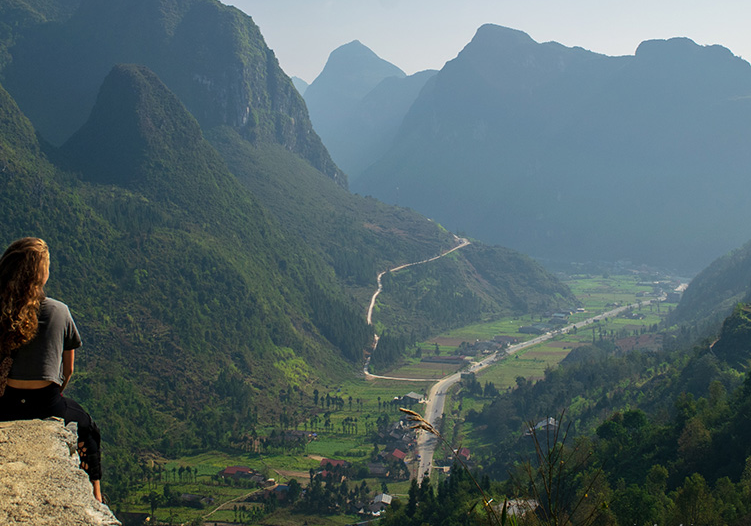
Lung Cu Flag Tower Trek: A climb to Vietnam’s northernmost point, offering panoramic views of the Chinese border.
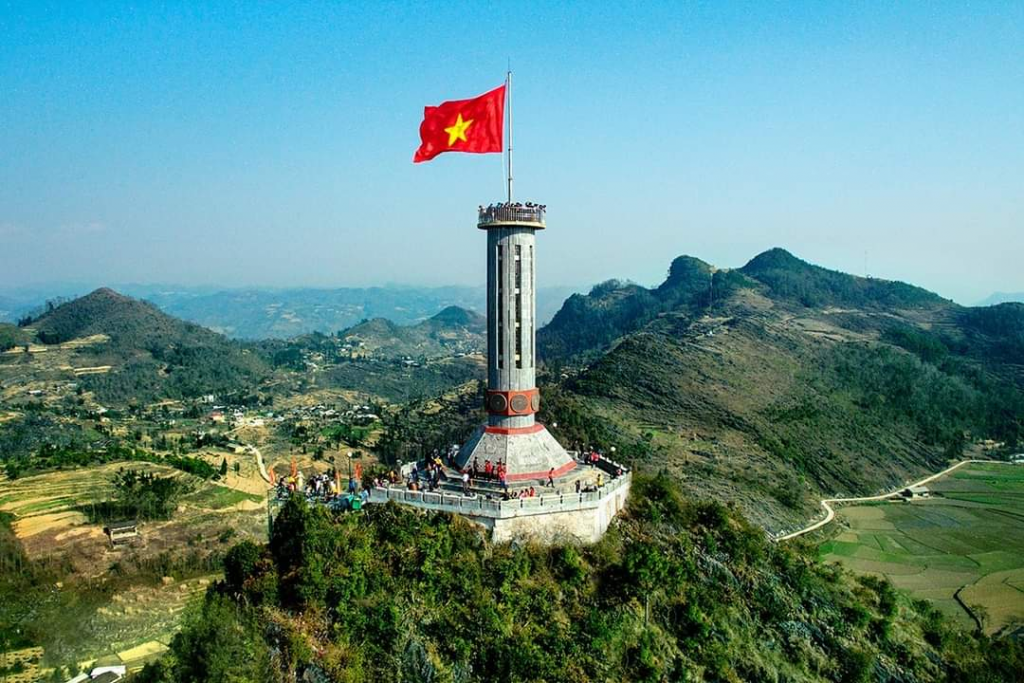
Practical Information: A permit is required for foreigners to visit certain border areas, which can be easily obtained in Ha Giang city. The best months for trekking are during the dry season, from October to April.
Cao Bang & Ban Gioc Waterfall Treks
For an off-the-beaten-path adventure, head to Cao Bang. This province is home to Ban Gioc Waterfall, one of the most magnificent waterfalls in Southeast Asia.
Trekking Highlights:
Routes around Ban Gioc Waterfall: Short treks provide stunning views of the waterfall and its surrounding valleys.

Phong Nam Valley: A lesser-known area with beautiful rice paddies and serene villages, perfect for multi-day treks.
Here you can meet the Tay and Nung ethnic groups, whose stilt-house villages dot the landscape.
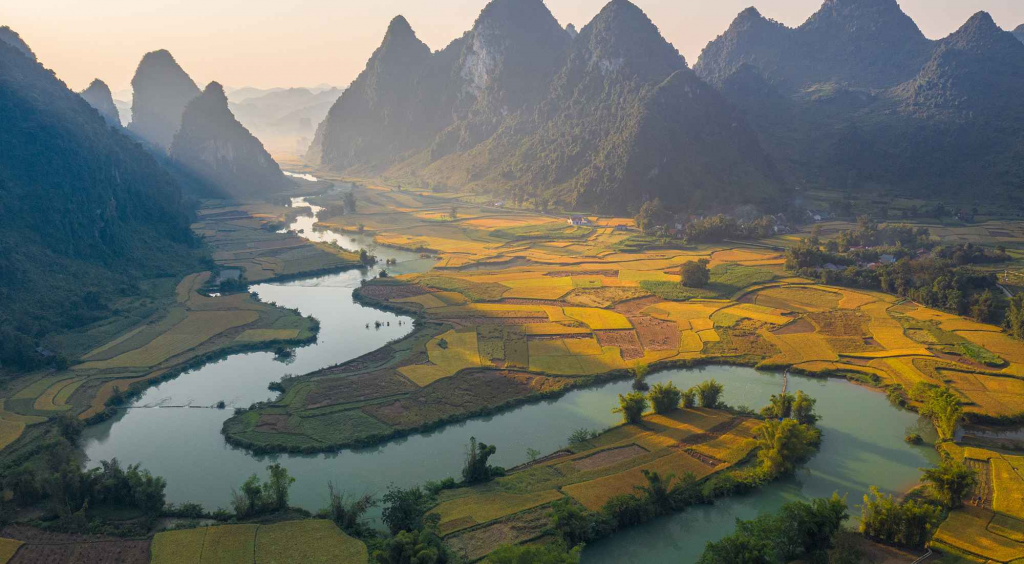
Ba Be National Park: Jungle Treks & Lakes
Ba Be National Park, centered around Vietnam’s largest natural lake, offers a unique combination of trekking and boating. The park is a haven for biodiversity, with lush jungle trails and diverse wildlife.
Trekking + Boat Ride Combos: Start with a trek through the jungle to visit ethnic villages before a relaxing boat ride on the lake.

Moc Chau Plateau
Moc Chau is a beautiful plateau known for its vast tea plantations and seasonal flower valleys.
Trekking Routes: Gentle treks through endless rows of tea plants, pine forests, and strawberry farms. The region is particularly stunning during the spring when plum and peach blossoms blanket the hillsides.

Practical Trekking Tips for Northern Vietnam
- Best Trekking Season: The shoulder seasons of March–May and September–November are ideal for pleasant weather and beautiful scenery.
- What to Pack: A detailed packing list is essential.
- Footwear: Sturdy, waterproof trekking boots.
- Clothing: Layers are key, including a waterproof jacket and quick-drying fabrics.
- Gear: A daypack, headlamp, and a first-aid kit.
- Guides vs. Self-Guided: While some main trails can be navigated alone, hiring a local guide is highly recommended for safety, cultural insights, and support of local communities.
- Homestay Etiquette: Remember to be respectful of local customs. Always ask for permission before taking photos, and be mindful of your hosts’ traditions.
FAQ Section
- Do I need a guide for trekking in Sapa/Pu Luong? While not strictly mandatory for all trails, a guide is highly recommended for a richer experience, safety, and cultural exchange.
- Is it safe to trek alone in Northern Vietnam? Generally, yes, but it is much safer to go with a guide or a group, especially in remote areas.
- How much should I pay for a trekking tour? Prices vary widely. A multi-day trek with a guide, homestay, and meals can cost anywhere from $30 to $100 per person per day, depending on the tour operator and itinerary.
Trekking in Northern Vietnam is a journey not just through breathtaking landscapes but also into a vibrant and ancient culture. From the famous trails of Sapa to the remote beauty of Ha Giang, the region offers a diverse range of experiences for every type of trekker. By mixing popular destinations with off-the-beaten-path gems, you can create a truly unforgettable adventure.
Ready to start your journey? Explore our local trekking tours or check out our related blogs on visas, street food, and more!

